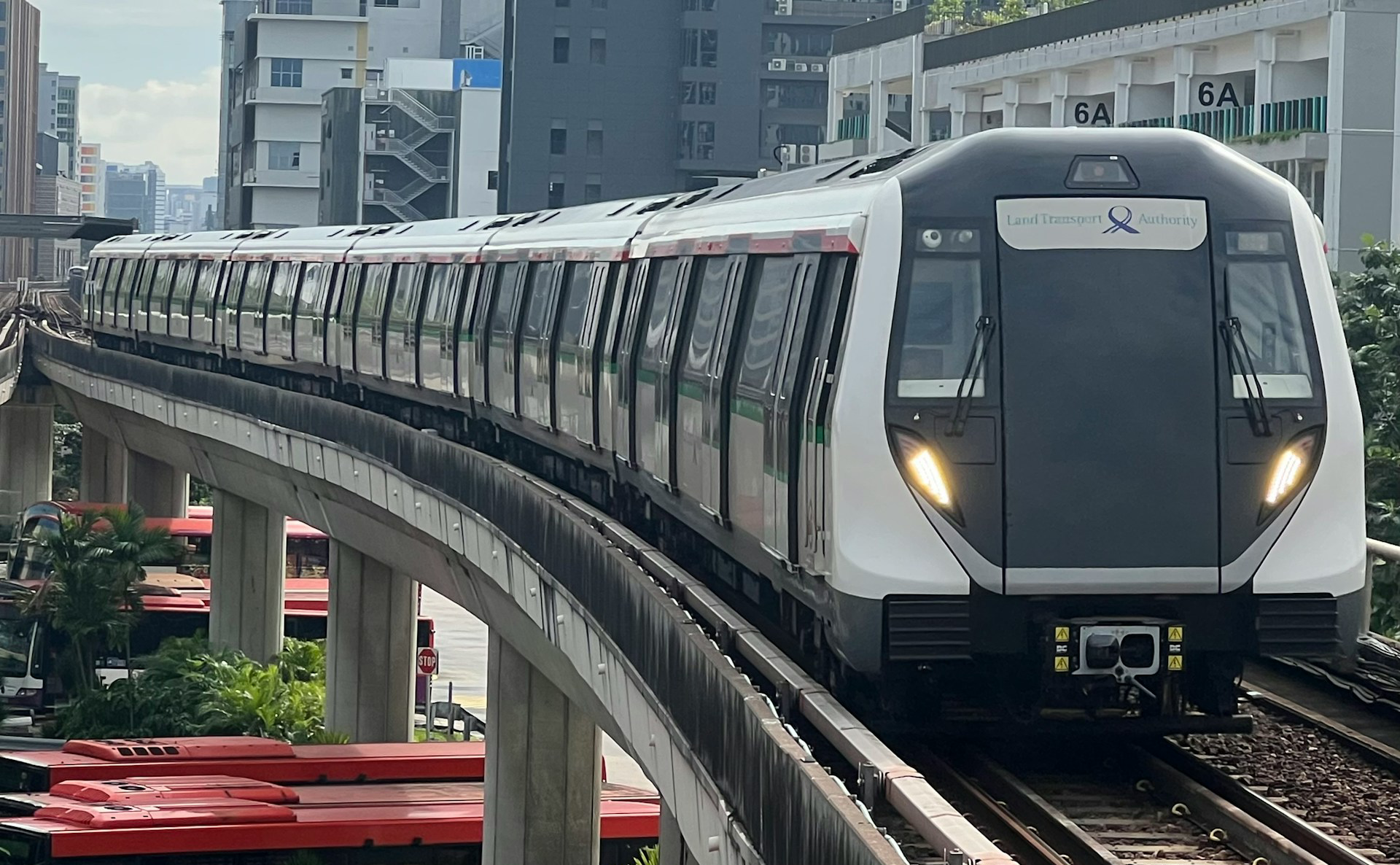Smart Shapes, Strong Structures!
How many books can simple sheets of print paper rolled up in different shapes support? Stack the odds in your favour as you learn the surprising strength of paper and the principles of structural engineering.

Animation created by Ai Xin Qin
Have you ever looked up at the Marina Bay Sands and wondered how that big boat stays on top? Or seen towering skyscrapers and thought, “How do they not fall over?”

Maybe you’ve looked around your neighbourhood, at the tall HDB blocks and asked yourself, “How can they hold so many people and all of their things?”

Photo by Soloman Soh on Pexels
If these thoughts have crossed your mind, then you’re already thinking like a structural engineer!
What Is Structural Engineering?
Structural engineering is all about making things
like our homes, schools, and even places like playgrounds, strong and safe!
Structural engineers design these structures with a lot of thought and consideration for a bunch of different requirements. These include factors like the weather, the shape of the buildings, and choosing the right materials so that whatever is constructed can last for a very long time.
Some structural engineers help design big, fancy places like Marina Bay Sands. But many of them work on everyday things we can see around us, right in our own neighborhoods. They help to build the MRT lines that stay strong even with heavy trains travelling on them all day, HDBs that hold up several floors of residents, and even the humble walkways that shelter us from the elements.
Let’s take a closer look!
(Find out more about what structural engineering is all about here!)

Photo by The Transport Enthusiast DC on Unsplash
Terrific Tracks
In places where the MRT tracks are above ground, they are held up by things called viaducts. A viaduct is a special type of bridge that can carry MRT tracks over long distances, even across the urban areas or uneven terrain of Singapore! This ensures that passengers have a smooth and continuous ride.
These viaducts are made out of durable materials like reinforced concrete and are supported by strong evenly-spaced columns. These are all measures that structural engineers put in place to make sure the viaducts distribute weight equally and can support heavy trains every single day!
(Fascinated by trains? Check out this link to learn more about viaducts.)

Photo by Chamal Prasanna on Unsplash
Wonderful Walkways
Looking around your neighbourhood, you might miss some everyday conveniences that we always seem to take for granted. Take sheltered walkways, for example. You might not spare them a second glance, at least until it starts raining!
Though these walkways may seem quite simple and mundane, a lot of thought goes into building them. They are made from strong materials like steel and special roofing that don’t need to be cleaned or repaired often. Structural engineers carefully plan their shape, size, and slope to make sure they remain well-maintained and the walkways stay safe and comfy for everyone!
(Learn more about the walkways around your neighbourhood and find out how our walkways shelter us from the rain!)
Final Thoughts

Photo by Peter Nguyen on Unsplash
To summarise, structural engineering is all around us. You just need to know where to look! Whether it’s iconic landmarks around Singapore or the familiar sights around our neighbourhoods, structural engineers use strong shapes and materials to make sure everything stays safe and secure.
We’ve learnt that structural engineers put a lot of careful planning into their work, like making sure to use certain shapes to spread weight evenly and keep buildings standing strong for a very long time. They also rely on materials which can handle heavy loads and harsh weather.
But remember, building a strong building doesn’t always mean using the toughest and sturdiest materials; strength also comes from smart design! So the next time you walk by any interesting-looking structures, think about the shapes that make them strong!
Who knows? One day, you might be Singapore’s next top structural engineer!
Paper Tower Shapes
But you don’t have to be a structural engineer to learn more about structural engineering! In fact, you can do so at home with a few sheets of paper and some books!



Click on the link below to download a printable version of the activity sheet.
Paper Tower Shapes Activity Sheet
Written by Frances Patricia Baril Castillo
Published: 30 June 2025

